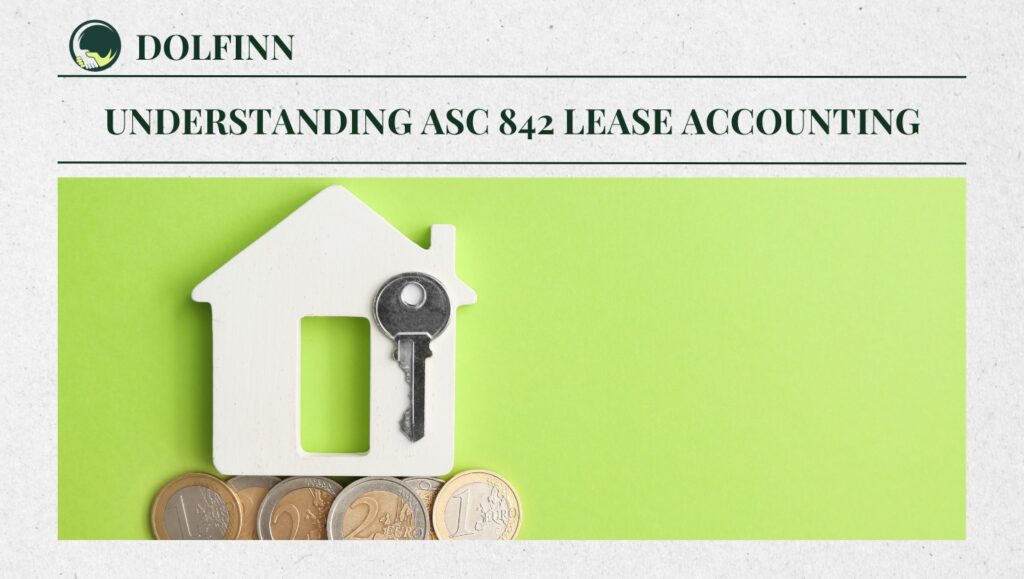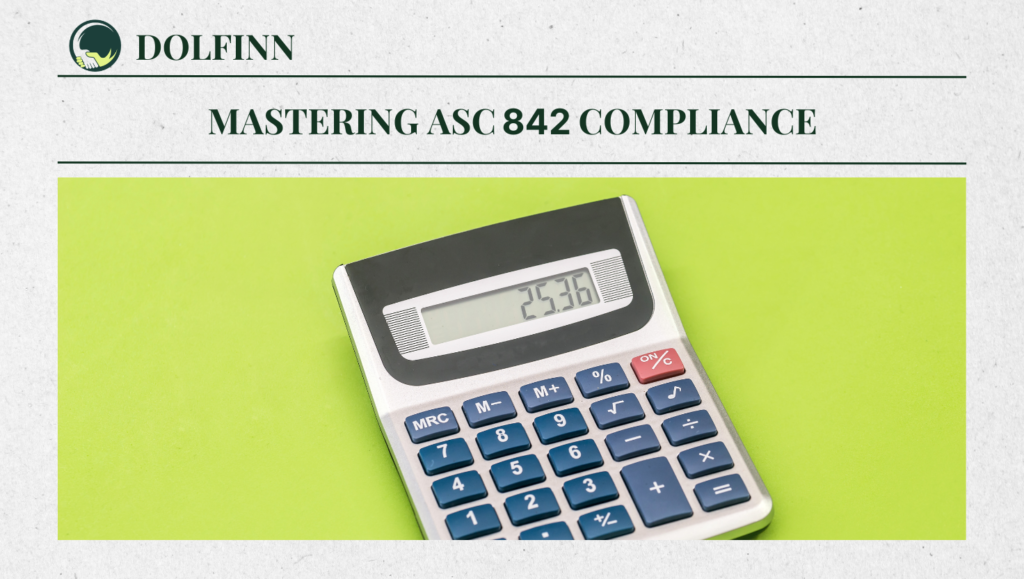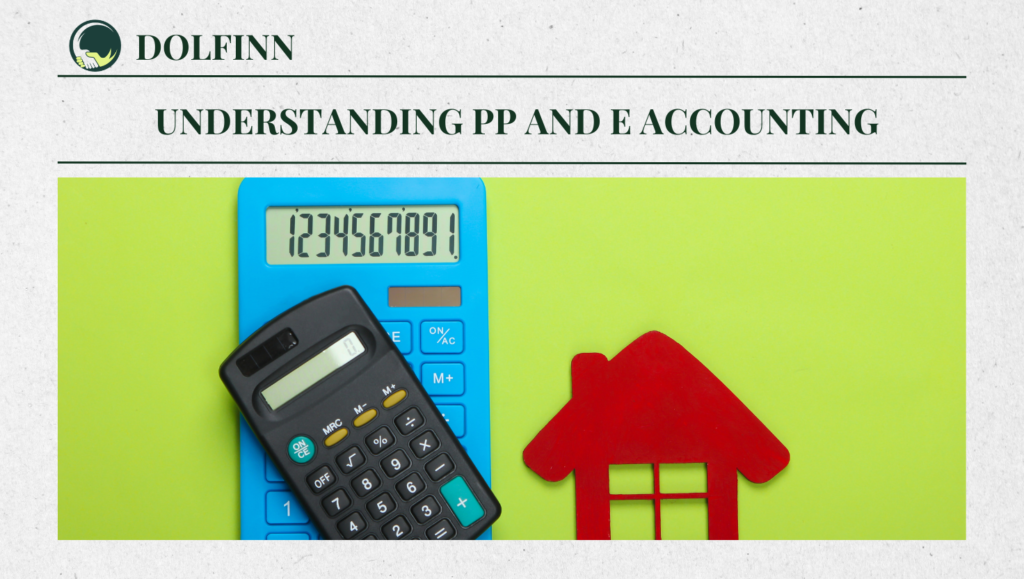ASC 842 Lease Accounting: 5 Key Challenges You Need to Master

ASC 842 Lease Accounting brings significant changes to how leases are reported, requiring careful attention to lease modifications, impairment, and real estate rationalization. This blog explores the challenges companies face in staying compliant and adjusting to macroeconomic shifts.
Mastering Joint Venture Accounting: Key Updates from FASB in 2023

Joint ventures are a cornerstone of modern business strategies, enabling shared risks and combined resources for mutual growth. This blog dives into the nuances of joint venture accounting, recent FASB updates like ASU 2023-02 and ASU 2023-05, and practical steps to ensure compliance with these new guidelines.
Mastering CECL model, 5 Steps to Revolutionize Credit Loss Accounting Today

The CECL model is revolutionizing credit loss accounting by replacing outdated methodologies with a forward-looking approach. This guide dives into CECL’s key principles, its impact across industries, and actionable steps to adopt this groundbreaking framework for better financial transparency and resilience.
Uncovering Hidden Embedded Leases: 7 Best Practices for ASC 842 Compliance

Discover how identifying embedded leases under ASC 842 impacts balance sheet reporting. Learn actionable steps to ensure compliance and improve financial accuracy.
Simplifying Lease Accounting: 3 Key Changes in ASU 2023-01 for Related-Party Transactions

ASC 842 compliance requires robust internal controls to manage lease accounting effectively. From entity-level controls to technology considerations, this guide provides actionable steps for seamless implementation and sustained compliance.
Mastering ASC 480: 3 Critical Insights for Accurate Liability vs. Equity Classification

ASC 842 compliance requires robust internal controls to manage lease accounting effectively. From entity-level controls to technology considerations, this guide provides actionable steps for seamless implementation and sustained compliance.
Understanding ASC 842 Compliance: 4 Key Internal Controls for Sustainable Lease Accounting

ASC 842 compliance requires robust internal controls to manage lease accounting effectively. From entity-level controls to technology considerations, this guide provides actionable steps for seamless implementation and sustained compliance.
Excelling in GAAP Revenue Recognition: GAAP, ASC 606, and 5 Real-Life Examples That Matter

ASC 820 standardizes fair value measurements using hierarchy levels, enhancing transparency and compliance.
GAAP vs IFRS: 5 Important Differences You Must Know for Smarter Financial Reporting

ASC 820 standardizes fair value measurements using hierarchy levels, enhancing transparency and compliance.
5 Steps to Conquering PP and E Accounting for US GAAP Success

ASC 820 standardizes fair value measurements using hierarchy levels, enhancing transparency and compliance.
